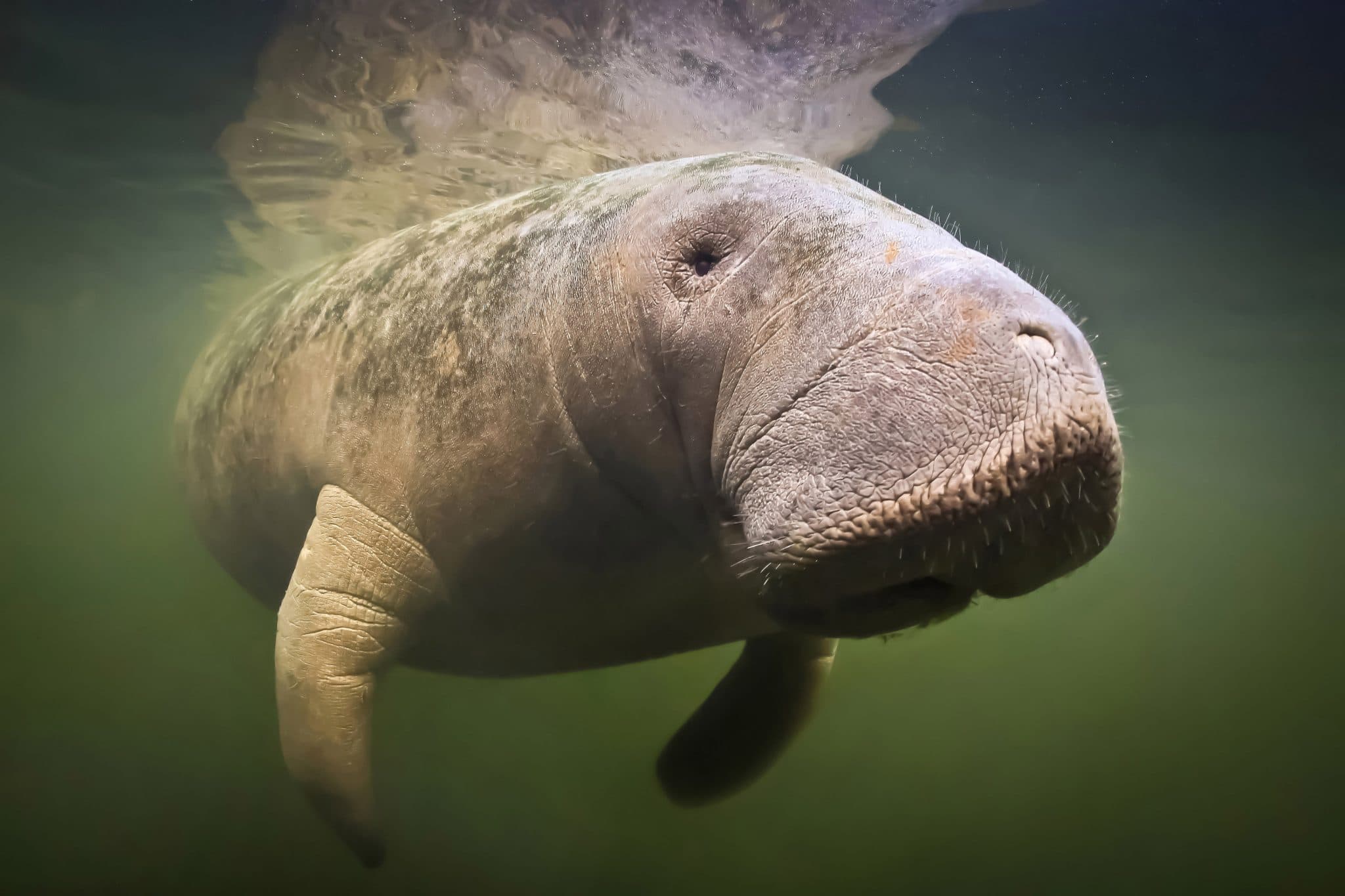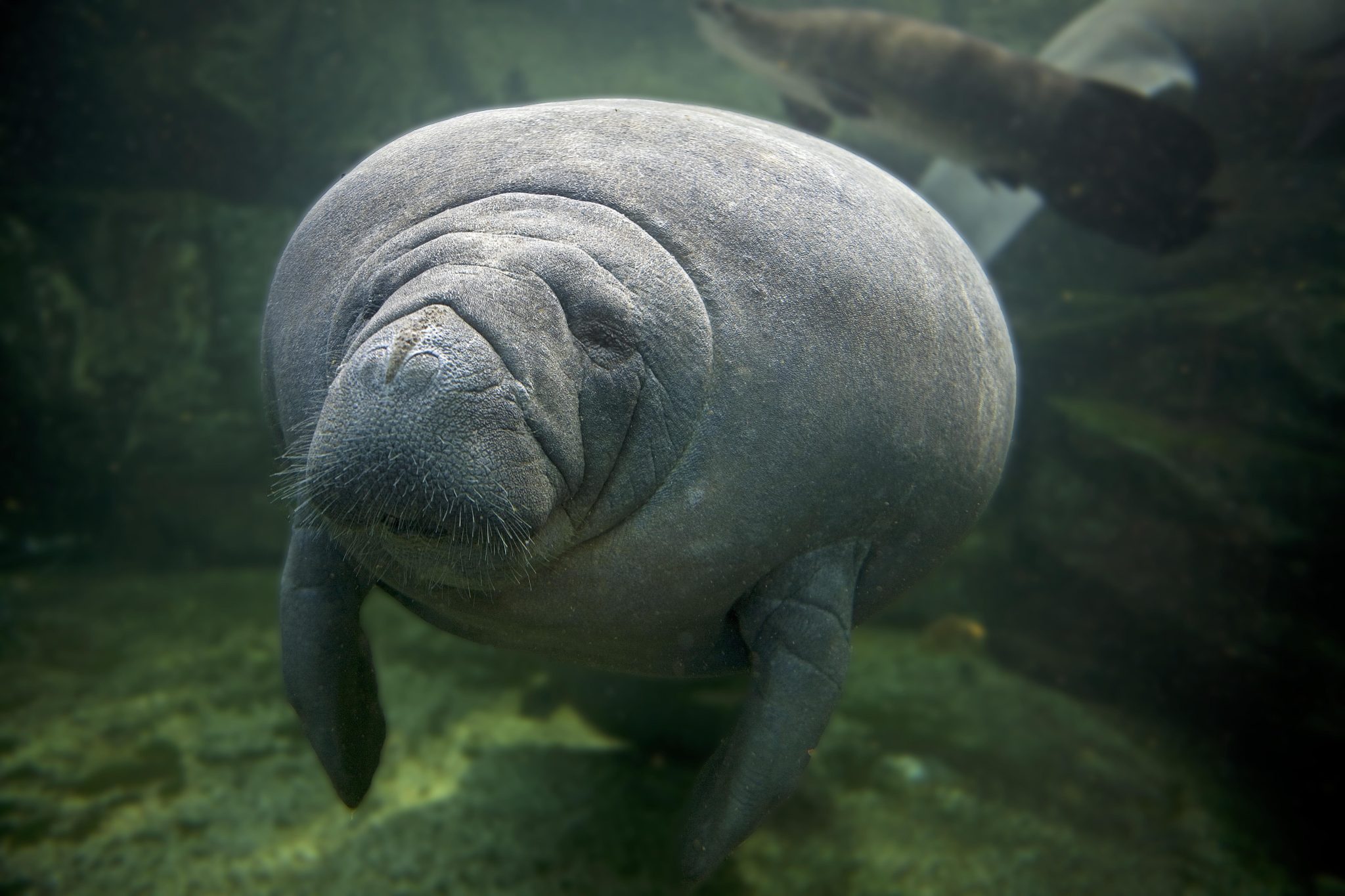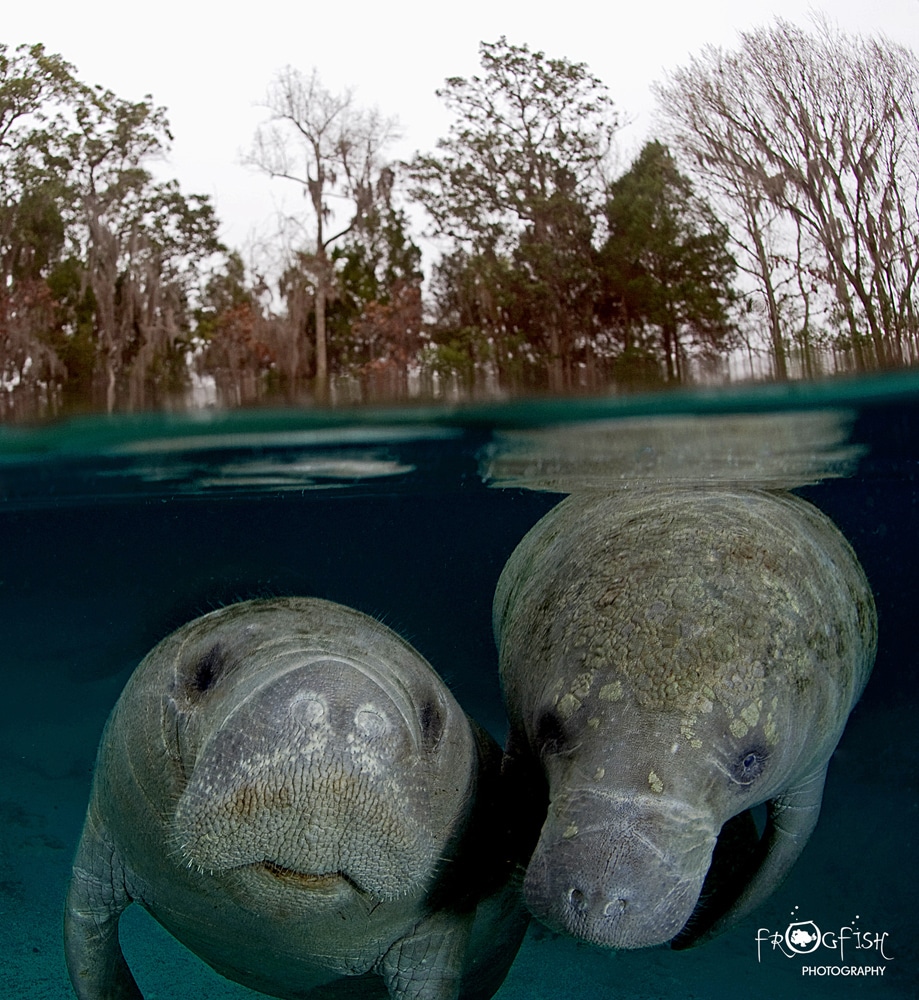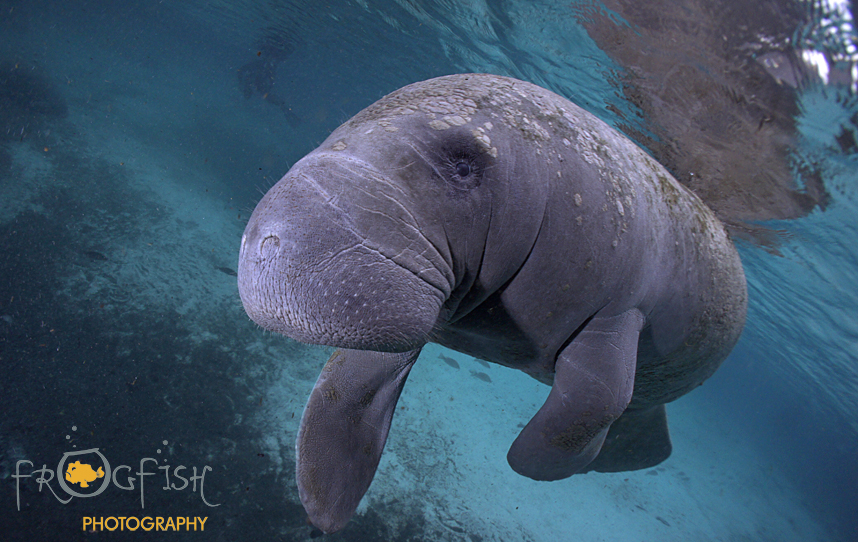Blogs
Saba’s Plan for a Coral Comeback

Saba has an exciting new initiative to restore its coral reefs. This new project, running from 2024 to 2026, will focus on reviving key species in the island’s underwater ecosystems. With a collaborative team from the Saba Conservation Foundation (SCF) and Van Hall Larenstein (VHL) University of Applied Sciences, the project aims to restore both corals as well as sea urchins.
This initiative is centered around coral restoration, specifically reviving two essential coral species—staghorn coral (Acropora cervicornis) and elkhorn coral (Acropora palmata). By mapping parent colonies and using a technique known as coral gardening, SCF will create and maintain coral nurseries. These corals will eventually be outplanted at key reef sites around Saba to not only expand the number of coral colonies, but also provide essential fish habitat. The project focusses on installing coral nurseries, training staff with the newest techniques and starting with the restoration of key reef sites.

Reef Cleaners to the Rescue
It’s not just corals getting a makeover—this project also shines a spotlight on the essential role of grazers, particularly sea urchins. VHL is leading the charge on cultivating and restocking two key sea urchin species, West Indian sea egg (Tripneustes) and long-spined sea urchin (Diadema), known for their ability to keep algae in check. By removing algae, which are important competitors of corals, they help the coral to thrive. By restoring these “reef cleaners,” Saba’s project will give corals the breathing room they need to grow, setting the stage for a healthier, more balanced marine ecosystem.
From Tiny Urchins to Big Goals
The project will be funded as part of the Dutch Government’s Nature and Environment Policy Plan (NEPP) 2020-2030 for the Caribbean Netherlands, a comprehensive initiative aimed at conserving and restoring the unique natural environments of the Dutch Caribbean islands, including Saba, St. Eustatius, and Bonaire. This project is aiming for big milestones: build and maintaining coral nurseries, the expansion of urchin cultivation facilities, and the creation of a dedicated research center. By 2026, the project hopes to ramp up coral and grazer restoration, with the ultimate goal of extending these efforts across the Dutch Caribbean. By linking local initiatives to broader regional goals, Saba’s restoration project promises to leave a lasting impact on both the environment and the community.
Find out more about the DCNA at dcnanature.org.
Blogs
13th Annual Ocean Art Underwater Photo Contest Winners Announced

The World’s Premier Underwater Photography Competition Announces Stunning Winners for 2024
The Ocean Art Underwater Photography Competition, widely regarded as the pinnacle of achievement for underwater photographers, has revealed its winners for 2024. With record-breaking participation from over 90 countries, the competition set a new standard for creativity and technical excellence. From mesmerizing macro shots of marine birth to dramatic wide-angle scenes of cenotes and reefscapes, the winning photographs highlight the beauty, fragility, and diversity of underwater ecosystems while inspiring global conservation efforts.

Honorable Mention, Black & White: Brittany Ilardi,
“Fevered”
Winning photos can be seen at the Underwater Photography Guide at https://www.uwphotographyguide.com/ocean-art-contest-winners-2024
Best In Show
The coveted Best in Show ranking was awarded to Eduardo Labat for his breathtaking image, “Dancing White Tips,” (see main image) taken at Roca Partida, Revillagigedo, Mexico. Labat’s photograph captured a synchronous ballet of white-tip reef sharks in black & white.
Category Highlights
This year’s winners excelled across 14 categories, two highlights included:
- Black & White: This category was highly competitive this year, celebrating the dramatic interplay of light and shadow in underwater photography:
- Conservation: This category featured the dramatic plight of Floridian springs as well as an image of a shark captured in a ghost net. This image symbolized the devastating impact of abandoned fishing gear and underscores the competition’s ongoing support for Ghost Diving, a nonprofit organization dedicated to removing marine debris.

4th Place Portrait: Ariel Gliboff,
“Family Portrait”
Behind the Lens
Every winning photograph tells a story of perseverance and connection to the ocean. These are just a small selection of the incredible stories and experiences told throughout the competiiton:
- Born from Mouth: Yoichi Sato recounts an incredible moment with a male Cardinalfish releases a swarm of freshly hatched babies from its mouth.
- Hunting: Kyungshin Kim’s recounts a captivating moment of squid cannibalism while floating in the open ocean at night.
- Fevered: Brittany Ilardi’s dramatic image of mobula rays off Baja California reflects the unique choreography of this species.
Organizers and Sponsors Speak
“This year’s Ocean Art competition was nothing short of extraordinary,” said Nirupam Nigam, organizer of the contest and President of Bluewater Photo & Editor-in-Chief of the Underwater Photography Guide. “The talent and vision displayed by our participants have set new benchmarks for underwater photography. These images do more than win awards; they captivate hearts and minds, reaching millions globally and reminding us of our shared responsibility to protect the ocean’s beauty. It’s an honor to see the competition grow in scope and impact every year.”
This year’s judging panel included world-renowned experts in underwater photography including Tony Wu, Marty Snyderman, and Mark Strickland. A special thanks goes to Canon and Marelux Ambassador Ipah Uid Lynn, who joined as a new judge to bring fresh perspectives to the Underwater Digital Art and Underwater Fashion categories. Ipah is an inspiring woman who has pushed the bounds of underwater photography in a male-dominated field. Marelux also played a key role in supporting the competition by sponsoring the top prizes for underwater camera gear.
Over $60,000 in Prizes
The Ocean Art Underwater Photography Competition has always been known for having a massive endowment – this year over $60,000 in prizes! Ocean Art prizes are provided by some of the world’s top scuba diving resorts, liveaboard dive yachts, and underwater photo gear manufacturers. Grand prizes include a 7-night dive package at Anthony’s Key Resort in Roatan, Honduras; an 8-day dive trip to the Galapagos aboard the Aqua Liveaboard; a 10-night liveaboard dive trip aboard the MV Oceania in Papua New Guinea; a 7-night liveaboard dive trip aboard the Bilikiki in the Solomon Islands; a 14-night dive trip to Ambon, Indonesia with Spice Island Divers; an 8-day/7-night dive package (12 dives) for two at Meridian Adventure Dive Resort in Raja Ampat, Indonesia; a 10-day/9- night dive trip aboard the Liveaboard Mermaid I or Mermaid II in Raja Ampat or Komodo; a 7-night dive cruise aboard Coralia in Indonesia; a 4-night dive trip for two divers (4 dives each) at Atmosphere Resort & Spa in the Philippines; a 5-day/4-night stay with 7 dives for two people at Akaya Bali & All 4 Diving; a 6-night dive package at Aiyanar Dive Resort in Anilao, Philippines; a 7-night dive package with El Galleon/Asia Divers in Puerto Galera, Philippines; a buy-one-get-one-free 10-dive package with Sea Saba; two Marelux Apollo III Strobes with Lumilink; two Marelux Apollo S Strobes with Lumilink; a Marelux SOFT Lite Snoot with Dock; Marelux Auto Pumps; Marelux Flexibouys; an Ikelite DS-230 Strobe with a modeling light; a $300 gift certificate with Ultralight Camera Solutions; and a variety of gift certificates from Bluewater Photo and Bluewater Travel.
Exhibition and Global Recognition
Winning images will be showcased in over 250 global media outlets, including prestigious print, online, and TV publications. These images continue to inspire audiences, reinforcing the importance of marine conservation and the incredible artistry of underwater photography.
Complete list of winners:
Best in Show
“Dancing White Tips” by Eduardo Labat
Wide Angle
1st Place: Hwanhee Kim
2nd Place: Julian Gunther
3rd Place: Todd Aki
4th Place: Mehmet A. Gungen
5th Place: Julian Gunther
Honorable Mention: Eduardo Acevedo
Honorable Mention: McKenzie Spalding
Macro
1st Place: Adam Martin
2nd Place: Imogen Manins
3rd Place: Claudio Zori
4th Place: Jeongin Kim
Honorable Mention: Dr. Tom Shlesinger
Honorable Mention: Suliman Alatiqi
Marine Life Behavior
1st Place: Yoichi Sato
2nd Place: Reiko Takahashi
3rd Place: Kirsty Andrews
4th Place: Suliman Alatiqi
5th Place: Keigo Kawamura
Honorable Mention: Ines Goovaerts
Honorable Mention: Shuo-Wei Chang
Portrait
1st Place: Stefano Cerbai
2nd Place: Eduardo Acevedo
3rd Place: Martin Broen
4th Place: Ariel Gliboff
5th Place: Ilaria Mariagiulia Rizzuto
Honorable Mention: Olivier Clement
Honorable Mention: Földi László
Coldwater
1st Place: James Emery
2nd Place: Kat Zhou
3rd Place: Jeongin Kim
Honorable Mention: Massimo Zannini
Honorable Mention: Jill Crosby
Nudibranch
1st Place: Borut Furlan
2nd Place: Jenny Stock
3rd Place: David Pleuvret
4th Place: Ken Keong Chong
Honorable Mention: Mark Chang
Blackwater
1st Place: Kyungshin Kim
2nd Place: Kat Zhou
3rd Place: Yoichi Sato
4th Place: Steven Kovacs
Honorable Mention: Enrico Somogyi
Honorable Mention: Bo Pardau
Underwater Conservation
1st Place: Kimber Greenwood
2nd Place: Tom Vierus
3rd Place: Dawn McDonald
Honorable Mention: Olivier Clement
Underwater Digital Art
1st Place: Unkoo Kim
2nd Place: Jenny Stock
3rd Place: Lorenzo Terraneo
Black & White
1st Place: Eduardo Labat
2nd Place: Sylvie Ayer
3rd Place: Borut Furlan
Honorable Mention: Brittany Ilardi
Honorable Mention: Xaime Beiro
Underwater Fashion
1st Place: Lucie Drlikova
2nd Place: Anna Aita
3rd Place: Claudia Weber-Gebert
Compact Wide Angle
1st Place: Marco Lausdei
2nd Place: Enrico Somogyi
3rd Place: Marco Lausdei
Honorable Mention: Jack Berthomier
Honorable Mention: Nancy Berg
Compact Macro
1st Place: Naomi Springett
2nd Place: Enrico Somogyi
3rd Place: Jayson Apostol
Honorable Mention: Kathrin Landgraf- Kluge
Compact Behavior
1st Place: Naomi Springett
2nd Place: Nemer Chua
3rd Place: Wendy Biscette
Honorable Mention: Grzegorz Krysiak
The Underwater Photography Guide is the #1 destination for all things underwater photography. Featuring highly-regarded tutorials, technique tips, in-depth gear reviews, amazing international workshops and breaking u/w photo news, UWPG is here to help divers around the world achieve their photo and video goals. For more information, please visit http://www.uwphotographyguide.com
Blogs
Evolution of Manatees in Florida

Op-ed by Beth Brady, PhD, Senior Science and Conservation Associate, Save the Manatee® Club
Recent news articles and broadcasts have claimed that manatees are not native to Florida or only arrived on Florida’s west coast in the 1950s. These claims, based on limited anthropological records, point to where manatees were historically exploited by humans and assume that a lack of evidence means manatees were absent from certain areas. However, absence of evidence is not evidence of absence—it’s like looking for stars in the daytime; just because you can’t see them doesn’t mean they’re not there. Moreover, genetic and fossil evidence indicate manatees have been present in Florida for the last 12,000 years.
The Florida Fish and Wildlife Conservation Commission (FWC), which manages Florida manatee populations, has created a manatee timeline highlighting key dates and notable information about manatee presence in Florida (https://myfwc.com/education/wildlife/manatee/timeline/). Historical records suggest that manatees have been observed in Florida as far back as the 1500s, with some details presented by the Florida Fish and Wildlife timeline aligning with evidence presented in the publication.

Manatee species, such as the African manatee and the Antillean manatee, continue to be poached by humans (Marsh et al., 2022). As a result, these species are difficult to observe in the wild and may adapt by foraging at night to avoid human encounters (Rycyk et al., 2021). This behavior could help explain why historical Florida manatee populations that were hunted by humans are absent from middens and rarely mentioned in historical accounts.
Further, the publication only briefly touches on the paleontological record and genetic evidence, which indicate that manatees have existed in Florida for a much longer period. Fossil and genetic evidence reveal a rich history of manatees in Florida. Manatees belong to the order Sirenia, which includes the Amazonian, African, and West Indian manatee species. While Sirenian fossils have been found globally, only Florida and the Caribbean contain specimens from every epoch over the past 50 million years (Reep and Bonde, 2006). The modern manatee, as we know it, emerged in the Caribbean about 2 million years ago (Domning, 1982).

The evolution of manatees during the Pleistocene epoch provides valuable insights into how environmental changes shaped their distribution and genetic diversity. During the Pleistocene epoch (2.59 million to 11,700 years ago), there were roughly 20 cycles of long glacial periods (40,000–100,000 years) followed by shorter interglacial periods lasting around 20,000 years. At the start of these warmer periods, Caribbean manatees migrated northward with the warming waters (Reep and Bonde, 2006). Water currents and thermal barriers isolated these manatees from populations in Mexico and the Caribbean, leading to genetic divergence. Fossil evidence indicates that Trichechus manatus bakerorum lived in Florida and North Carolina about 125,000 years ago but did not survive the last glacial period, which began 100,000 to 85,000 years ago (Domning, 2005). This subspecies was eventually replaced by modern Florida manatees.
This evolutionary theory is further supported by genetic evidence. Research indicates that Florida manatees trace their evolutionary origins to Caribbean ancestors that migrated northward over the past 12,000 years (Garcia-Rodriguez et al., 1998). A 2012 study by Tucker et al. reinforces this theory, showing higher genetic diversity in manatees on Florida’s west coast compared to those on the east. Over time, core populations migrated northward, with some groups moving south and east along the Florida coastline before heading north along the Atlantic. This migration pattern left the west coast population with greater genetic diversity, while the east coast population retained only a smaller subset. These findings suggest that the founding population of Florida manatees—arriving approximately 12,000 years ago—originated along Florida’s southwestern coast, which became the center of the state’s manatee population (Reep and Bonde, 2006). The process of vicariance further supports this hypothesis; as geographic and ecological barriers emerged, they likely isolated the Florida manatee populations from their Caribbean ancestors. This isolation likely limited migration back and forth between regions, fostering the establishment of local populations in southwestern Florida.

Manatees are not only a cherished symbol of Florida’s natural heritage but also a species with deep evolutionary and historical ties to the region. In sum, despite recent claims questioning their nativity, extensive fossil and genetic evidence confirms that manatees have been present in Florida’s waters for thousands of years, with ancestors dating back over 12,000 years. We agree with the authors of the published article that protecting these iconic creatures and their habitats is essential to preserving Florida’s unique ecological identity for future generations
Beth Brady is the Senior Science and Conservation Associate at Save the Manatee Club whose work focuses on manatee biology and conservation. She has her PhD from Florida Atlantic University and her Master’s in Marine Science from Nova Southeastern University.
-

 Gear Reviews3 weeks ago
Gear Reviews3 weeks agoGear Review: SurfEars 4
-

 Blogs2 months ago
Blogs2 months agoScubaverse Christmas Gift Guide 2024: Day 4
-

 News2 months ago
News2 months agoSanta Divers take the Plunge for Charity
-

 Blogs3 months ago
Blogs3 months agoScubaverse Christmas Gift Guide 2024: Day 1
-

 Blogs2 months ago
Blogs2 months agoScubaverse Christmas Gift Guide 2024: Day 5
-

 Blogs3 months ago
Blogs3 months agoScubaverse Christmas Gift Guide 2024: Day 2
-

 Marine Life & Conservation1 month ago
Marine Life & Conservation1 month agoPaul Watson Released as Denmark Blocks Japan’s Extradition Bid
-

 Blogs3 months ago
Blogs3 months agoScubaverse Christmas Gift Guide 2024: Day 3













